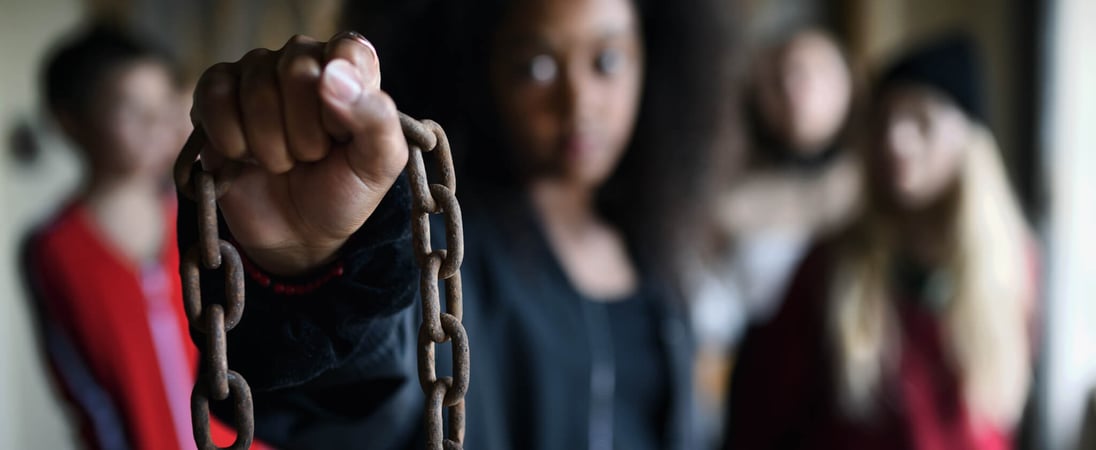
Human Trafficking Awareness Day
Addressing a critical concern, awareness initiatives strive to liberate lives and foster a world free from exploitation.
Robbing hundreds of thousands of women, men and children of their freedom every year, human trafficking is a heinous crime that undermines society and inflicts untold harm. From forced labor and child trafficking to unlawful servitude, child soldiers and sex workers, human trafficking is a national and international problem.
Human Trafficking Awareness Day is here to bring to light the continuing problem of this crime that impacts people everywhere, encouraging citizens from all over the world to get involved.
History of Human Trafficking Awareness Day
Described by the United Nations Office on Drugs and Crime, human trafficking is “gathering, moving, receiving or keeping human beings by force, coercion, threat or deception, for exploitative purposes.”
While human trafficking has been a part of the dark underbelly of societies throughout human history, many people have turned a blind eye to it and assumed that human trafficking was abolished in the modern world along with legal slavery. But, although slavery is no longer legal in any place in the world, sadly, human trafficking still takes place in every country.
With the help of the internet, in the early 2000s the problem of human trafficking simply received the spotlight it so desperately needed. It was in 2000 that the United Nations passed its Protocol to Prevent, Suppress and Punish Trafficking in Persons, Especially Women and Children. That same year the US passed its Trafficking Victims Protection Act and the US government committed to combating human trafficking.
Human Trafficking Awareness Day was declared by the United States Congress in 2007. In addition, since 2010 every US President has dedicated the month of January to National Human Trafficking Prevention.
How to Observe Human Trafficking Awareness Day
Get more involved and connected, raising awareness for this important problem that impacts every corner of the world. Consider some of these ways to participate with Human Trafficking Awareness Day:
Fight Human Trafficking
Because this is such a widespread problem, individuals may think that there’s not much they can do to help. But that’s not true! In fact, the fight against human trafficking is often helped by average people who are dedicated to being citizens who are conscious and aware.
The Blue Campaign website, organized by the Department of Homeland Security, provides a number of different resources for individuals, groups, schools and businesses to reduce human trafficking in their communities. Options for resources include signing up for the campaign newsletter, downloading shareable training materials and toolkits, accessing resources for victims, attending events, ordering printed materials and so much more.
Wear Blue
One of the important ways that Human Trafficking Awareness Day is recognized through the Department of Homeland Security is through the Wear Blue campaign. On this day, the campaign invites individuals and groups to take photos of themselves wearing blue and then share it on social media to raise awareness about the problem of human trafficking. Use the hashtag for the day and invite others to celebrate and show support for the end of human trafficking in this way.
Also on ...
View all holidaysNational Milk Day
Whether cow, goat or oat, enjoy this refreshing drink, visit a dairy farm to see how it’s made or whip up some butter and cheese at home.
National Hot Toddy Day
A warm and soothing drink perfect for chilly nights, this classic beverage is a delightful combination of spices, honey, and whiskey.
International Parity at Work Day
No matter their skin color, race, nation of origin, religion, or gender, it is only right and reasonable for people to be paid fairly equally for performing the same jobs for their employers.
We think you may also like...
Denim Day
Supporting survivors and fostering dialogue through denim, symbolizing unity against the silence surrounding sexual assault.








